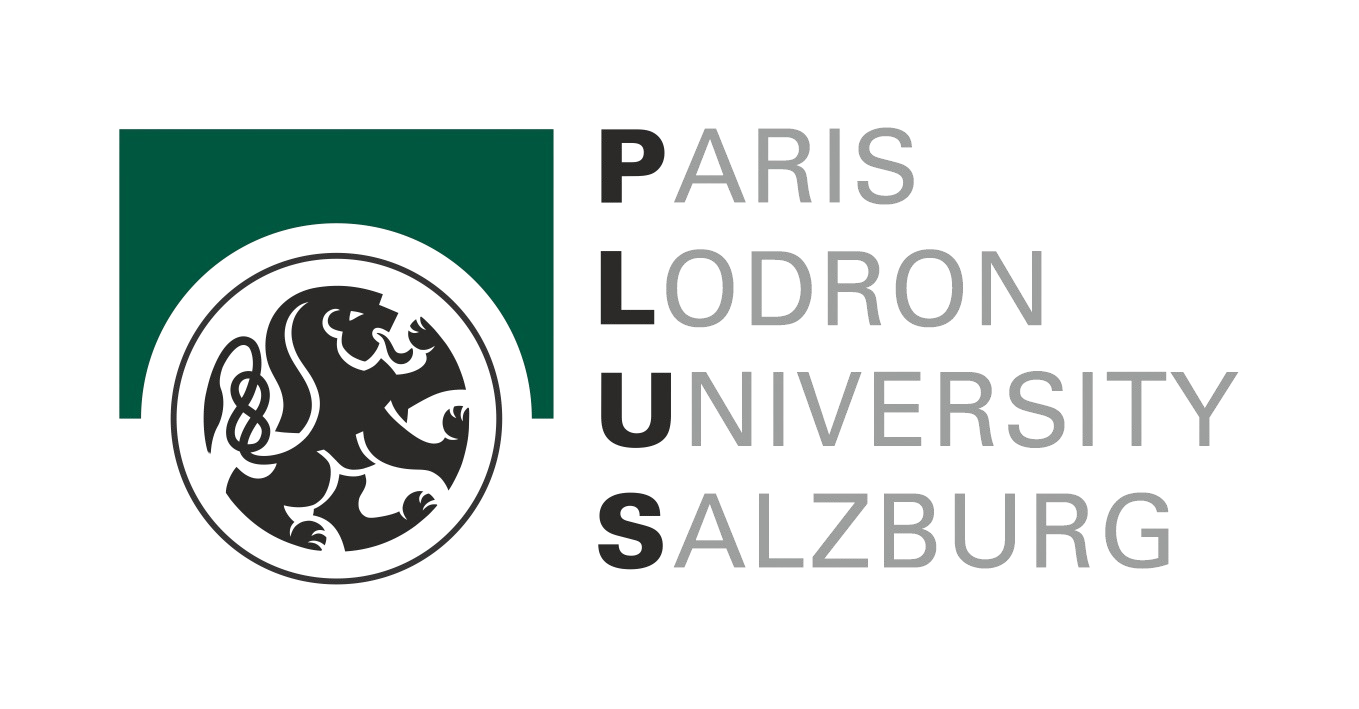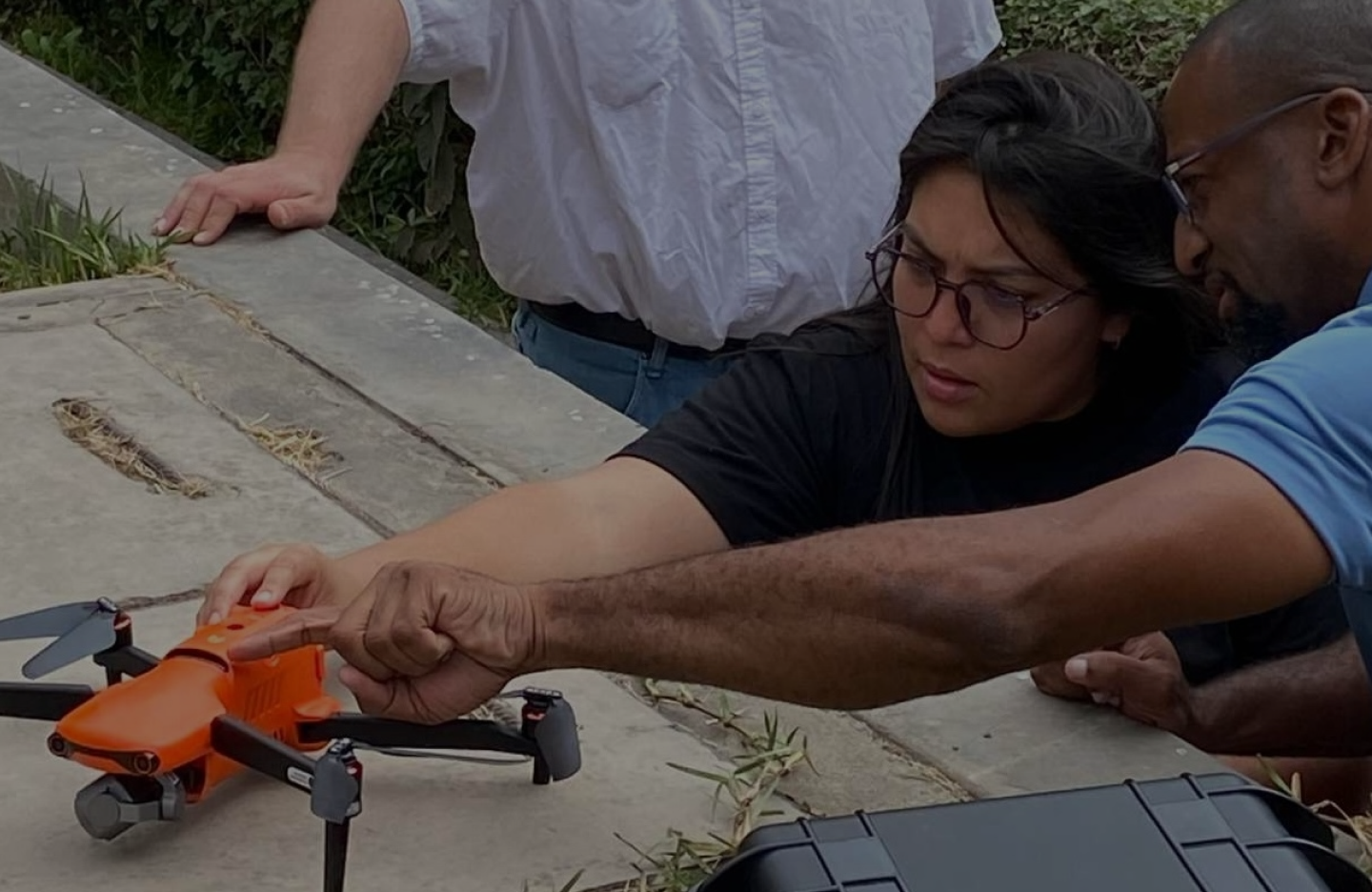

 -->
-->
With over a decade of experience in geospatial technologies, I specialize in developing innovative tools for analysis and visualization. My expertise includes Web GIS, GeoAI, Drone Mapping and Geospatial Project Management. I am dedicated to applying technology to solve complex challenges and deliver impactful solutions that drive the progress in geospatial industry.
I also bring extensive experience of co-founding the Geo-ICT company in Nepal and successfully operating it for 10 years. If you are interested in exploring more about my company, please go through my company profile.



University of Salzburg, Palacký University Olomouc | Oct 2024 - Oct 2026
Studying GIS and Remote Sensing, Computer Vision, Machine Learning, Data Visualization, and Geo Communication. | Full Scholarship by Erasmus Mundus Joint Master (EMJM) double degree programme funded under the EU Erasmus+ scheme.
Kathmandu University | Aug 2010 - Aug 2014
Specialized in Surveying, GIS, Photogrammetry, Geodesy, Remote Sensing, and Spatial Data Infrastructure. Gained expertise in Python, Java, C/C++, and WebGIS development. | Scholarship holder (75% tution fee waiver), by the Government of Nepal
Naxa Pvt. Ltd. | Jun 2023 - Sep 2024
Led organization management, business development, and client communication. Oversaw GIS, web map development, data visualization, and disaster risk reduction projects.
Naxa Pvt. Ltd. | Aug 2016 - May 2023
Directed technical resources, project implementations, and innovative GIS solutions. Managed web applications, data visualization, and survey projects.
Nepal Flying Labs | Dec 2021 - Present
Advised on drone survey planning, image processing, and GIS solutions. Conducted trainings and developed workflows for DRR and Climate Change applications.
Geovation Nepal Pvt. Ltd. | Jan 2021 - Present
Provided expertise in drone survey planning and GIS analysis. Focused on solving technical challenges in drone and geospatial projects.
UNOPS | Aug 2017 - Dec 2017
Developed mobile apps and engaged in technical documentation, support, and system design.
TMS ITECO JV | Feb 2015 - Aug 2016
Managed survey supervision, error adjustments, and construction drawings for hydropower projects.
Pathway Technologies and Services | Aug 2014 - Jan 2015
Developed front-end and back-end for WWF Web GIS Portal using PHP, PostgreSQL, Geoserver, and Leaflet.
I have been developing web GIS applications using javascript(reactjs), python(django) etc. for the data, collection, management, visualization and analysis.
I have experience developing geoAI solutions for waste detection, building detection, segmentation etc. Also, in the continuous learning phase of AI through my masters degree courses.
I can utilize the tools like ArcGIS, Ecognition, GEE, and others to analyze the multispectral and hyperspectral data. Also, I am familier with the big earth data and tools.
Extensively looked after drone data for mapping and analysis including drone based LIDAR datasets. Also, trained national and international professionals on the use of drone technology in different sectors.
I have led designed, and implemented the development of national and international platforms including coding in some parts of them. I have a strong hold in problem solving, communication, management, and coordination.
Faced different challenges and learnt to work in pressure, multi task, management, administration, networking, relation management, decision making and agile practices in business.

Drone Tasking Manager (DroneTM), developed by HOT and NAXA, is an open-source platform designed to democratize access to high-resolution aerial imagery. By leveraging community-driven collaboration and consumer-grade drones, DroneTM enables real-time, scalable, and cost-effective aerial mapping for disaster response, urban planning, and emergency management.
DroneTM eliminates the reliance on expensive satellite imagery or large drones, which are often unavailable in critical moments. Instead, it empowers individuals with small, affordable drones to collaboratively map large areas. The platform integrates flight planning, imagery collection, processing, and dissemination, allowing users to contribute to OpenAerialMap or keep data private as needed.